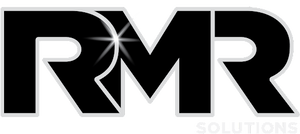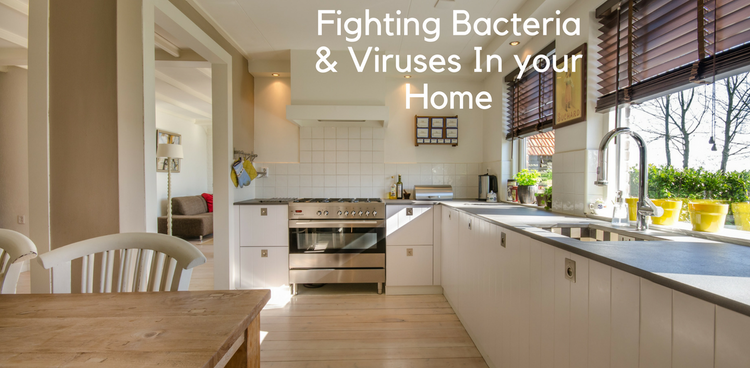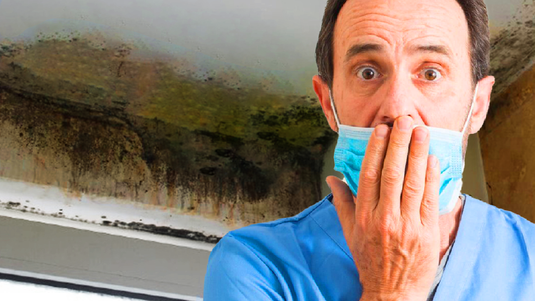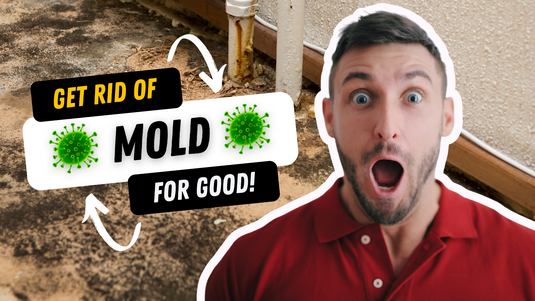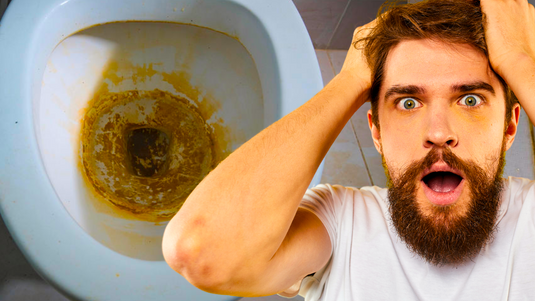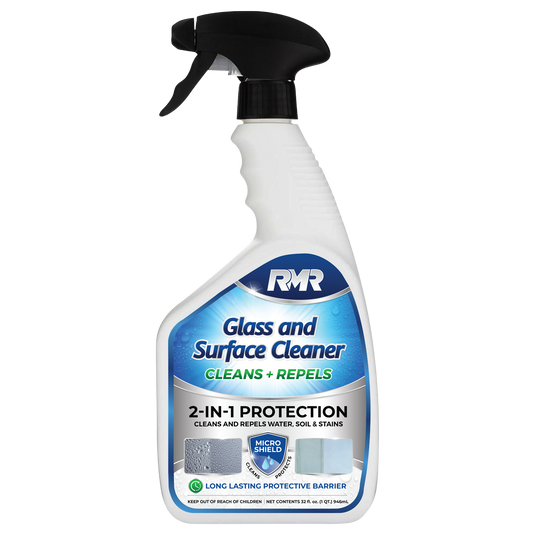What's living in your house? Even if you live alone, and do not have a pet, you've got company. Viruses and bacteria are all around you. Some of these are actually helpful, but others can make you sick.
What virus are found in homes?
Viruses are microscopic organisms. They exist almost everywhere, but may have different effects on different types of organisms. You may have no reaction to a virus, but some viruses can be fatal. The common cold is caused by a virus. Actually, over 200 virus strains can cause a head cold. Three forms of viruses cause influenza. Types A and B cause seasonal flu infections and may be prevented by flu immunizations. There are many viruses that attack the stomach and upper intestine, causing cramps, diarrhea and vomiting. Hepatitis viruses cause liver inflammation. Different types of hepatitis viruses are contracted in different ways. Viruses in the herpesvirus family can cause cold sores, mononucleosis, chickenpox, shingles, and many other illnesses.
What bacteria is found in homes?
Bacteria are single-celled organisms. They thrive in all kinds of environments, including your home. Some bacteria are harmful, but others are helpful. When the human body is exposed to harmful bacteria, the immune system will attack them, leading to symptoms such as swelling and inflammation.
Bacteria commonly found in homes include Micrococcus, Staphylococcus, Bacillus, and Pseudomonas. Although many bacteria are harmless, some can cause serious diseases, such as pneumonia, dysentery, typhoid and more.
Bacteria are classified by shape. The three basic shapes are spherical, which is responsible for strep throat, Rod-shaped, which includes anthrax, and Spiral, which is responsible for Lyme disease.
While studying bacteria, researchers tested 22 Michigan households. They found bacteria including Escherichia coli and Staphylococcus aureus on many surfaces. Surfaces such as dishwashing sponges, toothbrush holders, pet bowls, kitchen sinks and kitchen countertops contained a high number of microorganisms.
How can you protect your home from viruses and bacteria?
You've probably heard it many times before, but disinfecting surfaces is still the easiest and most effective method. Wiping down the kitchen counters with soap and water, however, is not enough. Disinfecting surfaces is different from ordinary cleaning because it is designed to kill certain types of bacteria and viruses. For maximum protection, think of your house as a hospital. Disinfect regularly, because studies show that influenza can remain infectious on surfaces for 24 hours. So disinfect often, particularly if someone in the home is sick. When disinfecting, instead of soap and water, use an EPA registered disinfectant.
Where are the germs hiding?
Most of us focus our disinfecting efforts on the bathroom. Of course, the bathroom needs regular attention to remain sanitary, but there are also many surfaces in our homes that also need to be cleaned thoroughly and frequently. Think about surfaces in your home that are often touched by many people. In a hospital, the bed rails, tables, and carts are disinfected. At home, your high-touch surfaces may include light switches, door knobs, and the refrigerator door.

Kitchen sponge
Your kitchen sponge is a perfect breeding ground for germs because it is moist and you are always picking up food and wiping surfaces with it. Change sponges often and in between, run them through the dishwasher.
Kitchen sink
Researchers report that there are more bacteria in your kitchen sink than in your toilet bowl. Just think about it. Why your kitchen sink? Because it is often wet and bacteria from raw meat products grow quickly there. Most people clean the toilet frequently but tend to only rinse the sink. Clean your sink every day with a disinfecting cleanser.
Cutting boards
People disagree about whether a wood or plastic cutting board is more sanitary, but make no mistake, they all contain a staggering amount of bacteria. Raw meat and even some fresh produce can carry salmonella and E. coli, so your cutting board must be sanitized after each use.
Computer keyboards
How frequently do you and everyone else in your household touch the computer keyboard? And yet most of us do not clean the keyboard as often as we should. It is a prime surface for bacteria and viruses to grow.
TV remotes, telephones, and video game controllers
After you tuck your sick family member up on the couch with a blanket, what do you hand him? The television remote, of course. And if you have a sick child in need of entertainment, the game controller is in constant use. But do you disinfect these before they are used by others? Probably not.
No matter what else the day brings, you probably spend a great deal of time talking, texting, tweeting and surfing on your cell phone. You take it everywhere, (yes, some people take it to the bathroom), you put it up to your face, and you set it down on the kitchen counter.
Towels and pet supplies
Many people carry staph bacteria without even knowing it. Some, however, carry a dangerous bacteria strain known as MRSA (methicillin-resistant Staphylococcus aureus). MRSA is easily transmitted through sharing hand towels.
Pet supplies also harbor germs. Your pet's bowls, bed, and toys can easily collect dirt and germs. Clean these items frequently and replace as necessary.
These tiny organisms are everywhere in our homes. Some of them may be harmless, but others can have serious, even deadly, consequences. Disinfectants are an important defense against viruses and bacteria. Disinfectants are chemical agents which are applied to objects and surfaces in your home. The active ingredient in a disinfectant formula is what kills viruses and bacteria, usually by damaging their cell walls. It is important to choose the right disinfectant for the job. You want to use a product that is effective in preventing the spread of viruses and bacteria. It should have the power to kill the dangerous micro-organisms in your home, but still be safe for you and your family.
One of the best disinfectants on the market is RMR-141 RTU, which is an EPA disinfectant. It destroys over 141 micro-organisms For more information, contact RMR.
